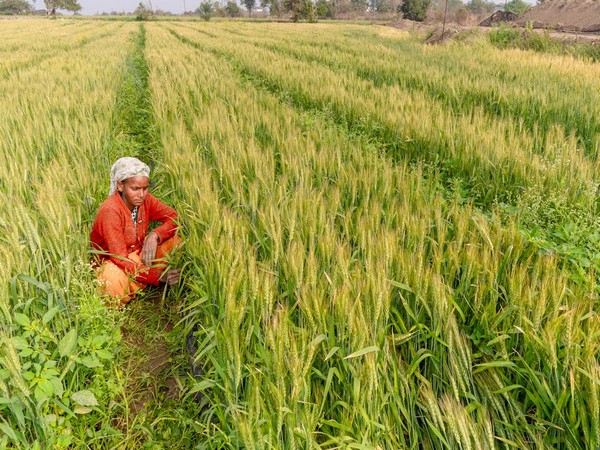India’s Kharif crop sowing for the 2023 season has shown remarkable growth compared to the same period last year, with farmers planting crops across 1,108.57 lakh hectares so far—an increase of 1.9 per cent year-on-year. This surpasses the average area under cultivation for the period from 2018-19 to 2022-23. Commodity-wise, the sowing of paddy, pulses, oilseeds, millets, and sugarcane has seen positive growth, while cotton and jute/mesta cultivation remains lower. The government has taken steps to ease restrictions on rice exports, aiming to support paddy farmers.
Pulses, including arhar, moong, kulthi, and moth bean, have shown positive growth in the Kharif season. India is a major consumer and producer of pulses, supplementing domestic production with imports. The government has been actively promoting the cultivation of pulses to meet the country’s demand. The normal Kharif area between 2018-19 and 2022-23 is 1,096 lakh hectares, and the total area under cultivation for the 2023 season was 1,107.15 lakh hectares. India experiences three main cropping seasons: Summer, Kharif, and Rabi, each with its specific sowing and harvesting timelines.
The Kharif season, sown during June-July and dependent on monsoon rainfall, is crucial for Indian agriculture. Rainfall over India during the 2024 southwest monsoon season was 108 per cent of the long period average, above the Indian Meteorological Department’s prediction of 106 per cent. This above-normal rainfall has been beneficial for farmers, allowing them to sow more crops during the Kharif season. It is expected to positively impact the agriculture sector’s gross value added (GVA) and overall economic growth.
The government’s efforts to ease restrictions on rice exports, including removing minimum export prices on basmati rice and halving export duty on parboiled rice, aim to support paddy farmers amidst the positive momentum in crop sowing. With a focus on promoting pulses cultivation and increasing the area under cultivation for various crops, India is gearing up for a successful Kharif season. The strong performance in crop sowing, backed by favorable monsoon rains, bodes well for the agriculture sector and the Indian economy.
Traditional Indian agriculture, particularly during the Kharif season, heavily relies on monsoon rainfall. This season plays a critical role in the overall agricultural output and food security of the country. The positive growth in Kharif crop sowing reflects the resilience and adaptability of Indian farmers, who work closely with government policies and support to optimize agricultural production. As the country moves towards the harvest season, the increased cultivation of key crops like pulses and rice signals a promising outlook for the agriculture sector and the economy as a whole.










